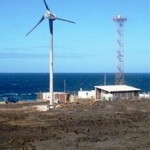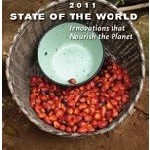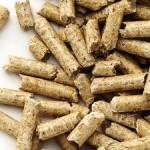In contrast, the actual paved surfaces of Houston absorb more heat during the day and are warmer overnight. This results in stagnation for three reasons:
- At night, the city’s temperatures are similar to those offshore. The lack of a sharp temperature gradient has the effect of reducing winds.
- During the day, the hot paved urban areas tend to draw in air from offshore. However, this air is offset by prevailing wind patterns that blow toward the water, resulting in relatively little net movement in the atmosphere over the city.
- Buildings and other structures break up local winds far more than does the relatively smooth surface of croplands or a natural surface like grasslands. This tends to further reduce breezes.
“The very existence of the Houston area favors stagnation,” the article states.
The study also found that drought conditions can worsen air pollution. This is because dry soil tends to heat up more quickly than wet soil during the day. It releases more of that heat overnight, reducing the temperature contrast between land and water and thereby reducing nighttime breezes.
By comparing observations taken in 2000 with computer simulations of Houston-area winds and temperatures, the researchers were able to confirm that the Advanced Weather Research and Forecasting Model was accurately capturing local meteorological conditions.
Details of the Article:
Title of the Article: “A Numerical Study of Interactions between Surface Forcing and Sea-Breeze Circulations and Their Effects on Stagnation in the Greater Houston Area”
Authors: Fei Chen, Shiguang Miao, Mukul Tewari, Jian-Wen Bao, and Hiroyuki Kusaka
To be published in ‘Journal of Geophysical Research–Atmospheres’
The University Corporation for Atmospheric Research (UCAR) manages the National Center for Atmospheric Research (NCAR) under sponsorship by the National Science Foundation (NSF).
Source: UCAR.














